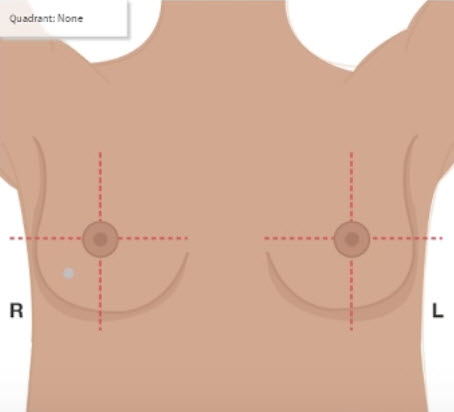Modelling the outcome of surgery plus radiation for breast cancer treatment

Breast conserving therapy (BCT) refers to breast conserving surgery (BCS) followed by moderate-dose radiation therapy (RT) to eradicate any microscopic residual disease. The goals of BCT are to provide the survival equivalent of mastectomy, a cosmetically acceptable breast, and a low rate of recurrence in the treated breast.
Studies have shown that, after breast-conserving surgery, radiotherapy to the conserved breast halves the rate at which the disease recurs and reduces the breast cancer death rate by about a sixth. These proportional benefits vary little between different groups of women. By contrast, the absolute benefits from radiotherapy vary substantially according to the characteristics of the patient and they can be predicted at the time when treatment decisions need to be made.
One of the objectives of DESIREE is the development of a virtual surgery tool that can be applied in clinical practice. The patient will be able to visualise the final aesthetic outcome (cosmetically satisfactory and sensate breast) after breast conservative surgery, while the surgeon will be able to perform a virtual surgery on a three-dimensional model of the breast. The tool will be built on a patient-specific, predictive model of the outcome of BCT that is based on pre-operative imaging of the breast (MRI and 3D surface imaging). Our model combines a mechanical description of the breast tissues with a biological model of the wound healing at the cell level, encompassing multiple scales in space from cells to tissue, and time, from minutes for the tissue mechanics to months for healing. Prediction and simulation of the delivered radiation dose will be performed to quantify and evaluate the radiation treatment plan. Our multi-scale model is being validated with patient data resulting of a clinical trial currently underway .





 Back to DESIREE Project website
Back to DESIREE Project website